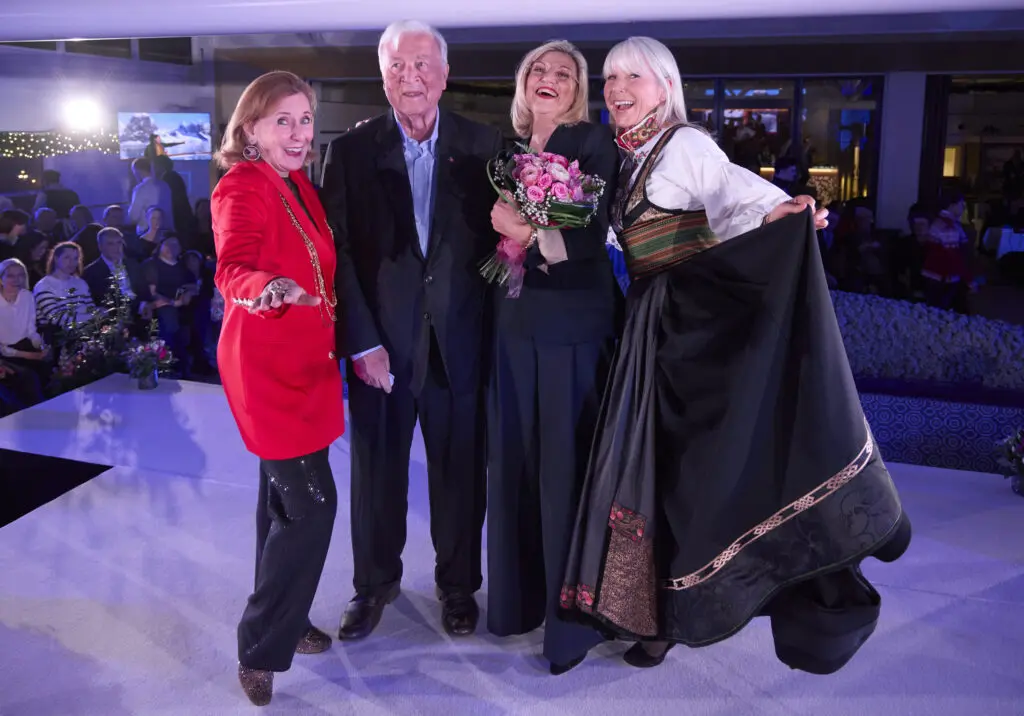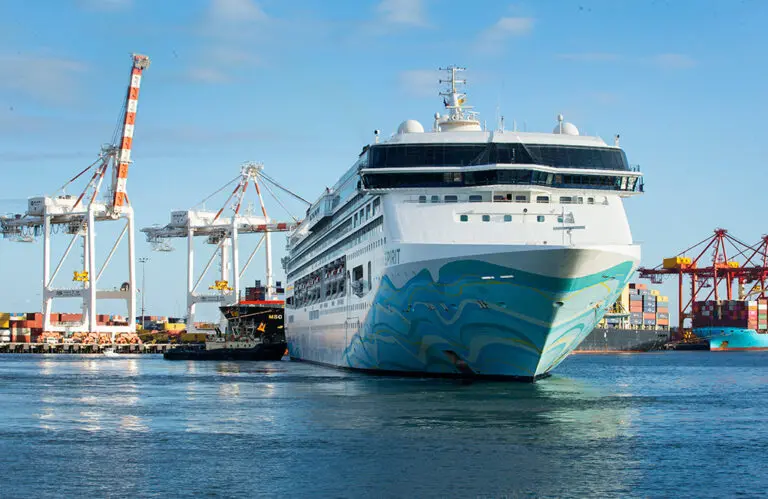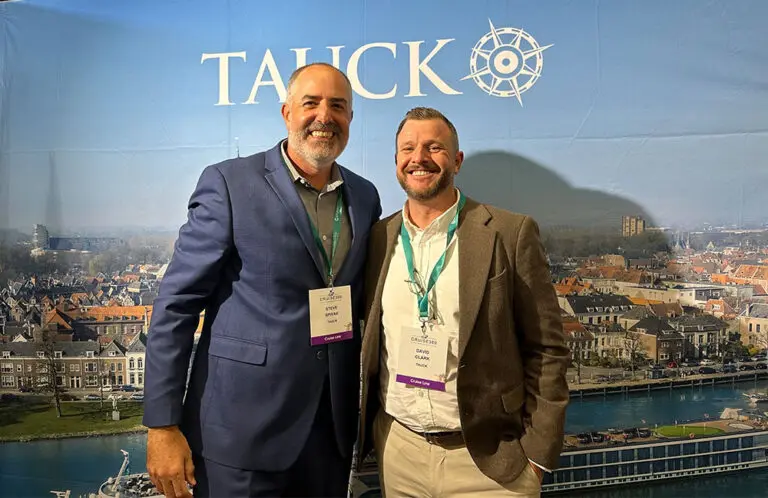A name can set the course for a ship’s story, and Viking’s newest ocean vessel, the Viking Vela, takes inspiration from both maritime tradition and the stars. Vela, Latin for ‘sails’, is a constellation in the southern sky that once formed part of the larger Argo Navis – a celestial ship from Greek mythology. By naming their ship after this storied constellation, Viking celebrates both its maritime heritage and a spirit of exploration.
Pairing this celestial inspiration with a godmother who has been directly involved in the ship’s creation, Viking turned the naming ceremony into a meaningful tribute to craftsmanship, history, and innovation.
Key features travel agents need to know
The Viking Vela offers consistent features familiar to Viking’s ocean fleet, with updates designed to meet the needs of modern travellers. Here’s what matters for agents:
- Guest capacity: With 499 all-veranda staterooms, the ship accommodates up to 998 guests, maintaining Viking’s signature focus on intimate, small-ship experiences.
- Design: The Vela reflects Viking’s trademark Scandinavian aesthetic, featuring light-filled public spaces, clean lines, and understated elegance.
- Dining options: Multiple al fresco dining options appeal to clients who enjoy open-air settings.
For travel agents, the Vela’s inaugural Mediterranean itineraries during the off-season could be a key selling point. These quieter cruises cater to clients seeking to explore iconic destinations like Italy, Greece, and Spain without the peak-season crowds.
After its Mediterranean debut, the Vela will move north, offering voyages through Northern Europe, including the picturesque fjords and historic Baltic ports.
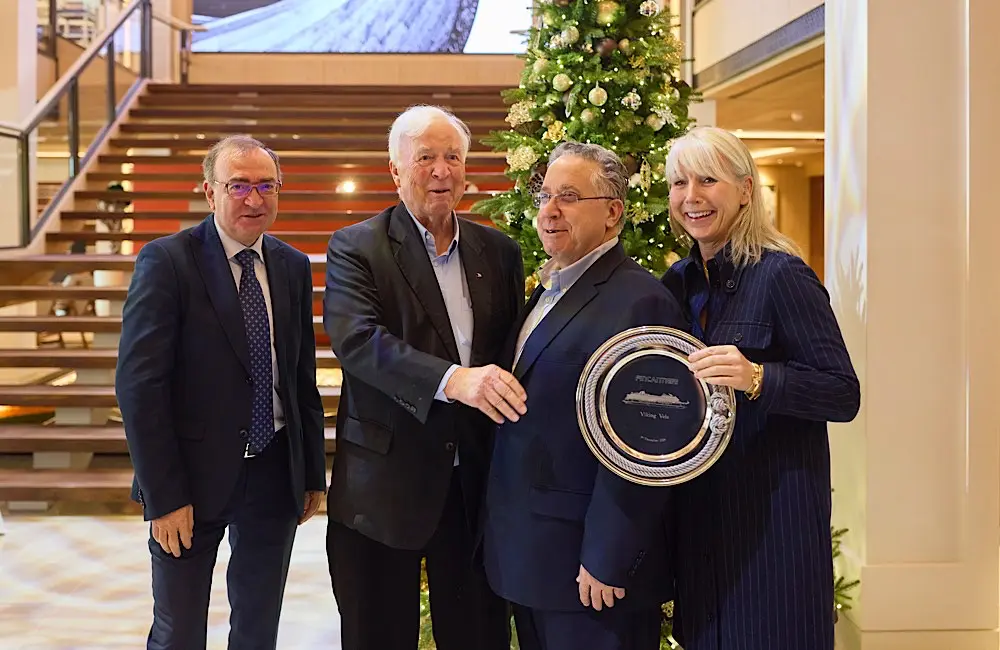
A sustainability story your clients will appreciate
In a move that reflects the growing demand for eco-conscious travel options, Viking has designed the Vela with sustainability in mind. While the ship operates efficiently now, it has been built with the potential to retrofit hybrid propulsion systems powered by liquid hydrogen and fuel cells.
This forward-thinking approach ensures compliance with emerging environmental regulations in sensitive areas like the Norwegian fjords, where zero-emission cruising is quickly becoming a standard. For travel professionals, this positions Viking as a strong choice for clients who prioritise responsible travel without compromising on luxury.
Tradition meets innovation at the Viking Vela ceremony
While many ship-naming ceremonies opt for celebrity godmothers, Viking took a more personal route for the Viking Vela. The chosen godmother, Ivana Elice, is not a Hollywood star but an integral part of the ship’s creation. Elice, Vice President and Project Manager of shipbuilder Fincantieri’s Cruise Business Unit, has spent over a decade overseeing the design and engineering of Viking’s ocean fleet.
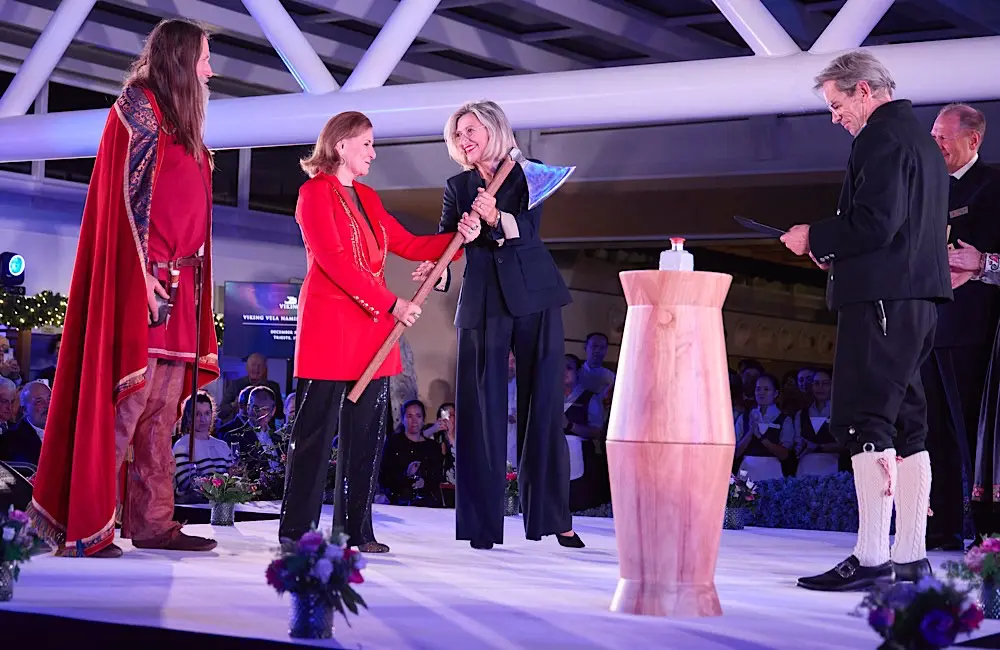
Elice’s career with Fincantieri began in 1985 after earning a master’s degree in naval architecture and mechanical engineering from the University of Genoa. Starting as a noise and vibration specialist in the Naval Vessel Division, she contributed to the design of surface ships and submarines. Over the years, she has worked on hydrodynamics, ship construction, and production engineering, building a broad expertise that has been instrumental in her leadership of Viking’s ocean ship projects.
Her connection to the ship represents the close collaboration between Viking and Fincantieri.
At the ceremony in Trieste, Chairman Torstein Hagen highlighted the significance of Elice’s role:
“In her role at Fincantieri, she has cared for our ocean ships during their construction just as a godmother would, and we are very appreciative of her contributions.”
In keeping with Viking tradition, the ceremony included a nod to the company’s Nordic roots. Elice was presented with a Viking broad axe, a symbol of strength and continuity, before releasing a bottle of Norwegian aquavit against the ship’s hull to wish it luck on its voyages.
The event also featured performances by renowned Norwegian soprano Sissel Kyrkjebø and celebrated Italian tenor Alessandro Safina, blending elements of both countries’ cultural heritages in a unique tribute to the ship’s roots.

Viking is set to expand its fleet significantly, with plans to add 23 new ships by 2030, bringing the total to 115 vessels. This growth includes 13 new river ships by 2026—two designated for Egypt and another for the Mekong River. Additionally, 10 new ocean ships are slated for delivery by 2030, enhancing the diversity of itineraries and increasing departure flexibility for guests. This expansion aims to offer travel professionals a broader range of options to meet the evolving preferences of their clients.

